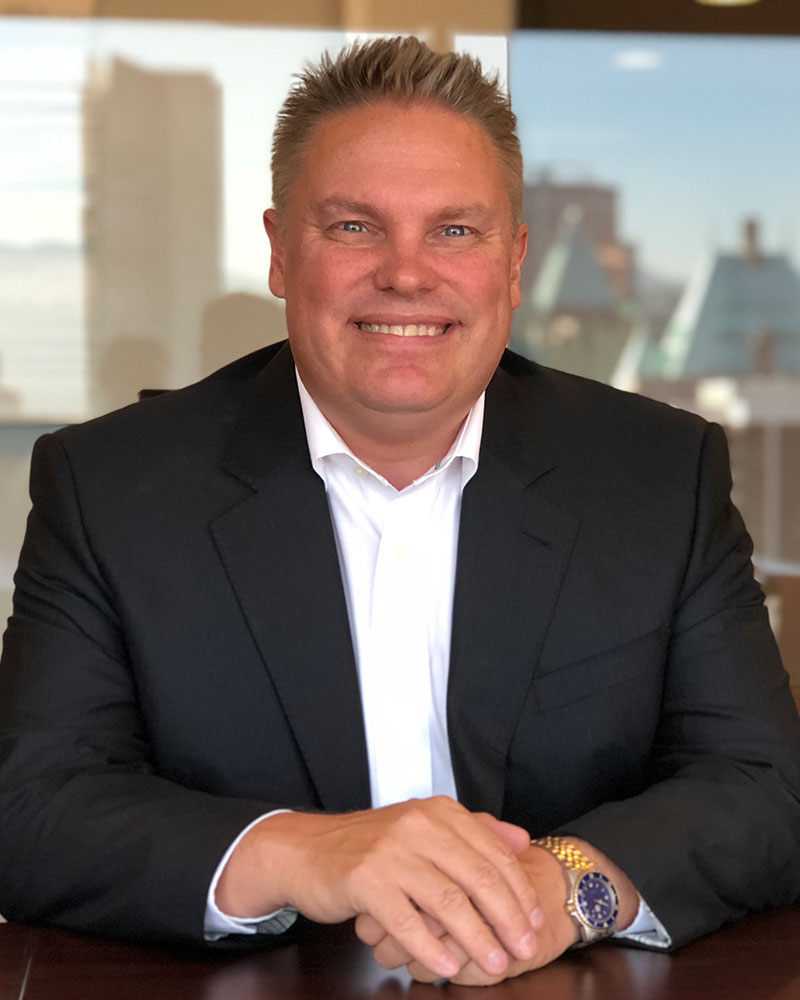Download a PDF of this article
Steve builds you a portfolio of income producing investments that generate income to help meet your needs through retirement. He does this through direct ownership of individual blue-chip dividend paying stocks, preferred shares and bonds as this is the lowest cost way to invest so you keep most of your income.
Building A ‘Pension’ From Income Oriented Investments
Steve generally focuses on high quality income-generating businesses that:
- Produce goods and services needed for our economy in good or bad times (like banking, insurance, pipelines, energy, electricity, telephone and television (telecom), food, etc.),
- Are dominant where they operate,
- Are profitable, and
- Produce a good dividend yield where the company income is more than sufficient to cover the dividends.
These types of businesses help you to sleep soundly at night as they are unlikely to disappear no matter how bad things get.
Steve believes through holding primarily good dividend yielding stocks and high quality corporate bonds:
- The cost advantage through time (vs. expensive mutual funds) translates to additional return;
- The dividends and interest income is a return that’s “baked-in” without having to rely on (or hope for) capital gains;
- The dividend tax credit for Canadian stocks held in a taxable account provides a tax effective return;
- The earnings on stocks retained may make the business more valuable which can result in capital growth.
Low Cost
Steve believes in value for money by providing portfolio management at a very competitive cost. He does not like expensive mutual funds as he feels that you can cut your cost by 40% or more through direct ownership of quality stocks and bonds. And he doesn’t normally like ETFs as he feels you can do better by constructing a quality dividend income oriented stock portfolio at good prices and avoid the expensive businesses and crappy ones included in the ETF.
Controlling Risk
Your portfolio is put together to get the right asset mix so that you get the growth you need without taking unnecessary risk. Your investments are well diversified to control risk as a poorly designed portfolio can wipe out a lifetime of savings (we manage company risk, industry risk and your level of equities).
Having a lower volatility portfolio matters; especially in your retirement years if you have to eat capital to meet your needs. Higher volatile portfolios in retirement means eating assets when they are down which makes it tough to impossible to recover to previous levels. That can lead to early depletion of your portfolio and outliving your money.
Summary
Through time, the cost advantage, more certain returns (from dividends and capital gains from earnings that were retained) and lower volatility translates to much better returns. Steve provides financial planning advice and service to his clients at no extra cost to make sure that if ‘life happens to you’, your goals aren’t derailed in the process.


